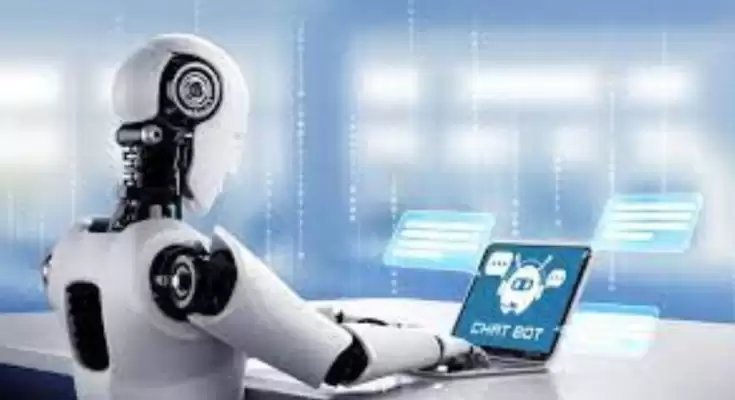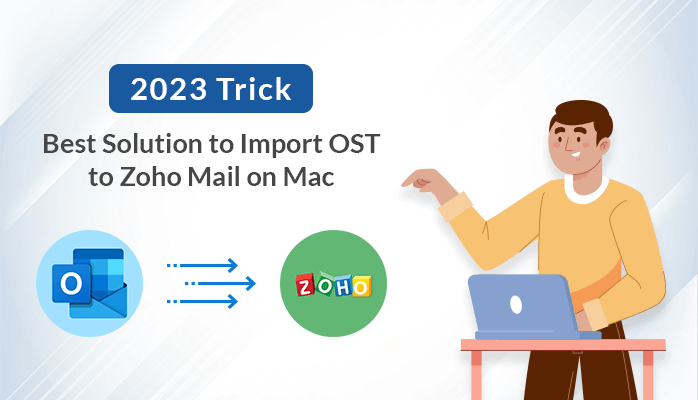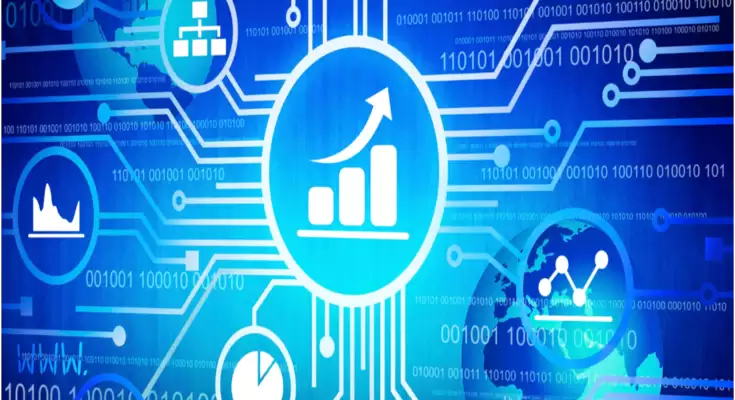Facial recognition works similarly to how the human brain does. It uses biometrics to identify people in photographs and videos. The data is then checked against a database to verify the user’s identity. The market is expanding at a lightning pace. Statista predicts that in 2020 the facial recognition market will be worth $3.8 billion. It is projected to be worth over $7.7 billion by 2022. These apps can now be purchased in several commercial forms, from identity verification to advertising.
What kind of businesses can benefit from biometrics recognition systems?
1. The use of facial recognition technology by security firms to protect their clients’ properties
Having machines that accurately identify people opens many doors in the safety sector. Identifying unauthorized entry into restricted areas is the most crucial of these features.
2. Fleet management companies can employ facial recognition technology to keep their vehicles safe.
Fleet managers could benefit from facial recognition technology by receiving notifications whenever an unauthorized person tries to access a fleet’s cars. This technology could eventually help facilitate the development of autonomous vehicles. What if cars responded to robbery attempts to stop the car or its contents from being stolen?
Because distracted driving is the third leading cause of accidents (after drunk driving and speeding), this system might be trained to recognize when a driver’s eyes are off the road. In addition to enhancing fleet vehicle safety, it may be trained to recognize the telltale signs of an impaired or sleepy driver in the eyes.
3. Face recognition software can help ridesharing services pick up the correct passengers and assign them to the right drivers.
Facial recognition adds a new safety level for drivers and passengers in the ridesharing industry.
Grab, a Southeast Asian ride-hailing company has partnered with Microsoft to employ facial recognition technology to ensure that only the correct drivers and customers are matched for each trip. Grab purchased Uber’s Southeast Asian stake and quit the market. In a sector not typically associated with passenger safety, this provides an additional buffer for travelers.
Facial recognition technology may one day be standard in vehicles, making them safer and eliminating the need for drivers to carry extra equipment. It can recognize customers’ faces, unlock automobiles, and only let those who booked the ride in. The utmost safety will be ensured in this manner. A security that naturally responds to user actions will be noticed.
4. Increased home safety and hands-free access control are just two benefits face recognition brings to the Internet of Things.
Another time, a security-focused facial recognition program entered the Internet of Things scene. Facial recognition is typically utilized in homes with intrusion detection systems to determine if an intruder has entered the property while the alarm is still on.
This sector could benefit if existing intrusion devices could be upgraded to provide access control functions. In the future, homes might sense when their owners are near and unlock the door for them. This will do away with the necessity for conventional door locks and keys and the hassle of manually unlocking modern “smart” lock systems using a mobile device.
5. Stores may employ facial recognition technology to customize in-store purchases and, theoretically, track customers’ online and in-store activities together.
Using facial recognition, businesses can see what shoppers in-store are interested in. This facilitates the transfer of “offline” purchasing habits to the online realm. Simply put, this means more accurate analytics and information on their customer’s buying habits.
Facial recognition is the next step in the retail industry’s continual effort to tailor the shopping experience for each customer.
6. Immigration checkpoints have begun using facial recognition technology to tighten security.
You’ve probably seen and appreciated the unattended, automatic immigration clearance gates. You may not have seen it, but facial recognition technology is used behind the scenes to keep our borders safe and secure.
Here are six practical uses for this program:
Government and private institutions alike are increasingly making use of face recognition technologies. At first, it was only utilized by security and government agencies for internal checks. However, its use increased over time.
As soon as the iPhone popularized this technology, it spread throughout other business sectors.
1. Apple’s Face ID is the gold standard for facial recognition software, and accidental unlocks are unlikely because of the system’s high accuracy.
2. Facebook, one of the most popular social networking platforms, employs advanced facial recognition technology like deep face to identify its users in uploaded photos. The company claims that its face-recognition technology has a 98 percent success rate.
3. Airports in the United States are using technology to increase security and identify visa overstays.
4. It has gotten to the point where retailers are putting up CCTV systems that can identify potential shoplifters by face.
5. Many churches and other religious groups are using this app to spread their message of faith. Churches are a photo ID app for Christians.
6. Institutions of higher learning are implementing the software to increase the examination’s reliability and ensure its continued security.
How does the technology behind biometric facial recognition work?
This cutting-edge technology employs an algorithm to read the face as a set of information that can then be saved, analyzed, and compared. The app’s fundamental steps are as follows:
1. The gadget snaps a picture of your face.
2. The software will next analyze the shape of your face. It records data like the distance between the eyes, the distance from the brow to the chin, and so on. The system converts the 68 facial features that make up your signature into a numeric code.
3. A database of previously seen faces is compared with the facial signature.
4. The determination is made based on a comparison to a database of facial images.
Features that are crucial in facial recognition programs
Capturing, processing, analyzing, and comparing with the database record are common steps in the advanced technology’s workflow, while specifics vary by application and manufacturer. Here’s how it’s done:
Detection: While connected to the security cameras, the facial recognition app scans and identifies faces. The system checks its database for a match when a face is recognized. The system collects data, such as the head’s location, direction, and size. The optimal angle for Camera detection of the face is 35 degrees.
Normalization: Data normalization eliminates outliers and conforms the data to a common structure. After the image has been normalized, it is scaled and rotated to be mapped into the appropriate dimensions. The software interprets the geometry of the face by identifying the important visible components.
Representation: Data is normalized and then encoded in a proprietary format. This program makes it simple to calculate and examine new data in light of previously collected facial data.
Comparing: The program’s final step involves comparing the collected data to the information already stored in the database and informing the user if a match is found.
The Cost of Developing Face Recognition Software
While there is some leeway in how much it costs to implement facial recognition systems, these three elements almost always play a role: development of business logic, integration with facial recognition solutions, and product pricing.
When creating business logic, consider the existing scenario of an attendance system. Once you know who’s there, what do you do with that knowledge? Do you store it in a Google Doc, or do you construct an elaborate web-based application that takes into account the roles of the users?
Business logic is highly context and necessity dependent so the price may vary widely. The next expense is linking up with a facial recognition service. This cost is similar to developing business logic in that it is not drastically different between solutions but is affected by your specific needs and use case.
Instead, if your business logic is well-thought-out and constructed, integrating facial recognition technology into your system should be a breeze. Manufacturing is where you’ll end up spending your money. This is an unexpected cost of app development for many people who use face recognition technologies. They often overlook the ongoing expenses of putting the system into production in favor of the initial costs of getting it up and operating. It can be pricey; therefore, ensuring a good return on investment over time is essential. The average price begins at USD 5000 and rises depending on features and specifications.
Concluding Ideas
The potential to develop and implement such systems rises in tandem with the expanding range of uses for facial recognition. The use of facial recognition technology is rapidly expanding in numerous industries. This is because of technological developments and the availability of AI and ML-based options. You can take the help of an AI Development Company in Dubai to get the best Face Recognition Development. However, businesses must proceed cautiously because the price of facial recognition technology is still very high. We expect that prices will continue to drop and that facial recognition will become more widespread shortly in conjunction with rising innovation.








